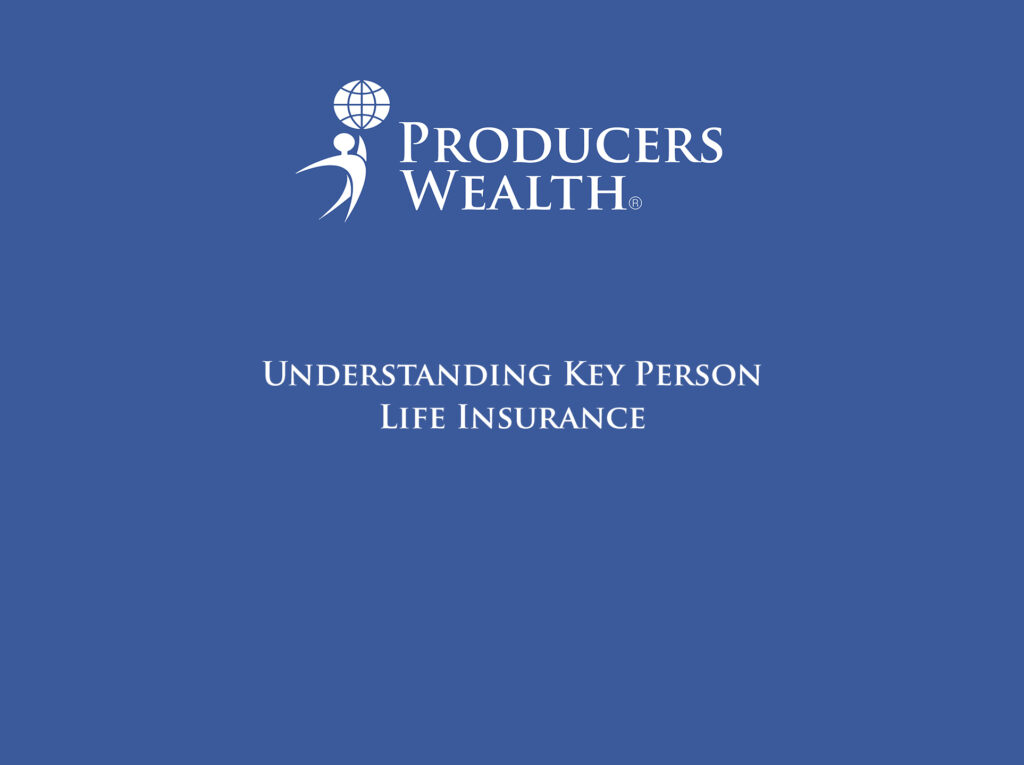
In the dynamic landscape of business, certain individuals play pivotal roles that contribute significantly to a company’s success. Key person life insurance, often referred to as key man insurance, is a strategic tool that businesses utilize to protect themselves financially in the event of the death of an indispensable employee. In this blog post, we’ll delve into the intricacies of key person life insurance, its mechanics, benefits, potential drawbacks, and real-life case studies to illustrate its importance in safeguarding businesses.
What is Key Person Life Insurance? Key person life insurance is a type of life insurance policy taken out by a business on the life of a key employee, executive, or individual whose contributions are vital to the company’s operations and financial stability. In the event of the insured individual’s death, the policy provides a death benefit to the business, helping to mitigate the financial impact of losing that key individual.
How Key Person Life Insurance Works:
- Identification: The business identifies key individuals whose expertise, skills, or relationships are critical to the company’s success.
- Policy Purchase: The business purchases a life insurance policy on the key person’s life, paying the premiums and serving as the policy’s beneficiary.
- Death Benefit: If the insured key person dies during the policy term, the insurance company pays out a death benefit to the business.
- Utilization: The death benefit can be used by the business to cover various expenses, such as recruiting and training a replacement, paying off debts, compensating for lost revenue, or reassuring stakeholders.
Benefits of Key Person Life Insurance:
- Financial Protection: Key person life insurance provides financial security to the business by offering a cash infusion in the event of the death of a key employee.
- Business Continuity: The death benefit can help the business weather the financial consequences of losing a key individual, ensuring continuity of operations.
- Creditor Protection: The death benefit can be used to repay business debts, preventing creditors from seizing assets or disrupting operations.
- Recruitment and Retention: Having key person life insurance in place can enhance employee morale and attract top talent, as it demonstrates the company’s commitment to protecting its key personnel.
Potential Drawbacks of Key Person Life Insurance:
- Cost: Premiums for key person life insurance can be relatively high, especially for older or high-risk individuals, which may strain the company’s finances.
- Underwriting Challenges: The underwriting process for key person insurance can be complex, and obtaining coverage may be challenging for individuals with pre-existing health conditions.
- Tax Implications: Depending on how the policy is structured, the death benefit proceeds may be subject to taxation, affecting the net benefit to the business.
Case Studies:
- XYZ Corporation: After the sudden death of its chief technology officer, XYZ Corporation received a substantial death benefit from its key person life insurance policy, allowing the company to hire a replacement and continue its product development without disruption.
- ABC Startup: When the founder of ABC Startup unexpectedly passed away, the company used the death benefit from its key person life insurance policy to repay outstanding loans and maintain investor confidence while transitioning to new leadership.
Key person life insurance serves as a vital risk management tool for businesses, offering financial protection and peace of mind in the face of unforeseen events. By understanding the mechanics, benefits, and potential drawbacks of key person insurance, businesses can make informed decisions to safeguard their most valuable assets—their key employees.
Watch all of our educational videos on Infinite Banking here.
Disclaimer and Waiver
Michiel Laubscher & Laubscher Wealth Management LLC is not an investment advisor and is not licensed to sell securities. None of the information provided is intended as investment, tax, accounting, or legal advice, as an offer or solicitation of an offer to buy or sell, or as an endorsement, of any company, security, fund, or other offerings. The information should not be relied upon for purposes of transacting securities or other investments. Your use of the information contained herein is at your own risk. The content is provided ‘as is’ and without warranties, either expressed or implied. Michiel Laubscher & Laubscher Wealth Management LLC does not promise or guarantee any income or specific result from using the information contained herein and is not liable for any loss or damage caused by your reliance on the information contained herein. Always seek the advice of professionals, as appropriate, regarding the evaluation of any specific information, opinion, or other content.





